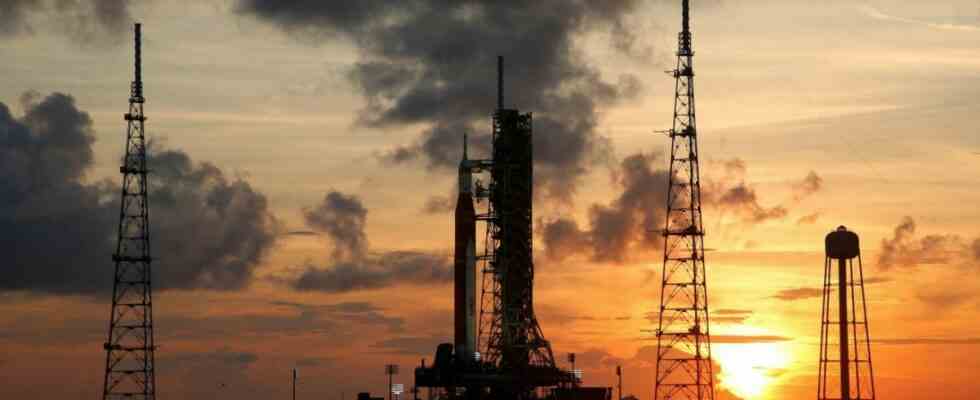When venturing into the unknown, it’s a good idea to send someone ahead to scout. NASA thinks so too: last Tuesday, the US space agency launched the 35-kilogram spacecraft Capstone-satellite into space. Over the next four months, it should gradually swing to the moon and there swing into a long orbit around the earth’s satellite. The orbit guides the satellite, about the size of a microwave oven, sometimes less than 2,000 kilometers close to the moon in seven days, sometimes 70,000 kilometers away from it. In doing so Capstone explore how stable it flies in this orbit, because in a few years the new space station Lunar Gateway circle in a similar manner. The eccentric route has three advantages for a space station: the orbit guarantees uninterrupted sunlight, constant radio contact with Earth, and it can be reached with little fuel.
Artemis program and moon landing: How Nasa wants to go back to the moon – knowledge

